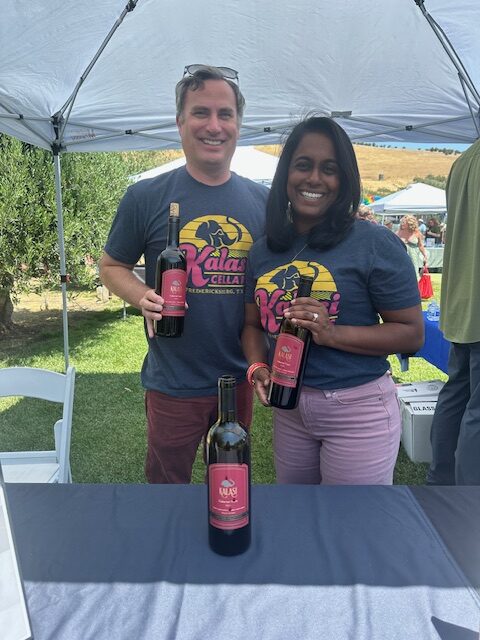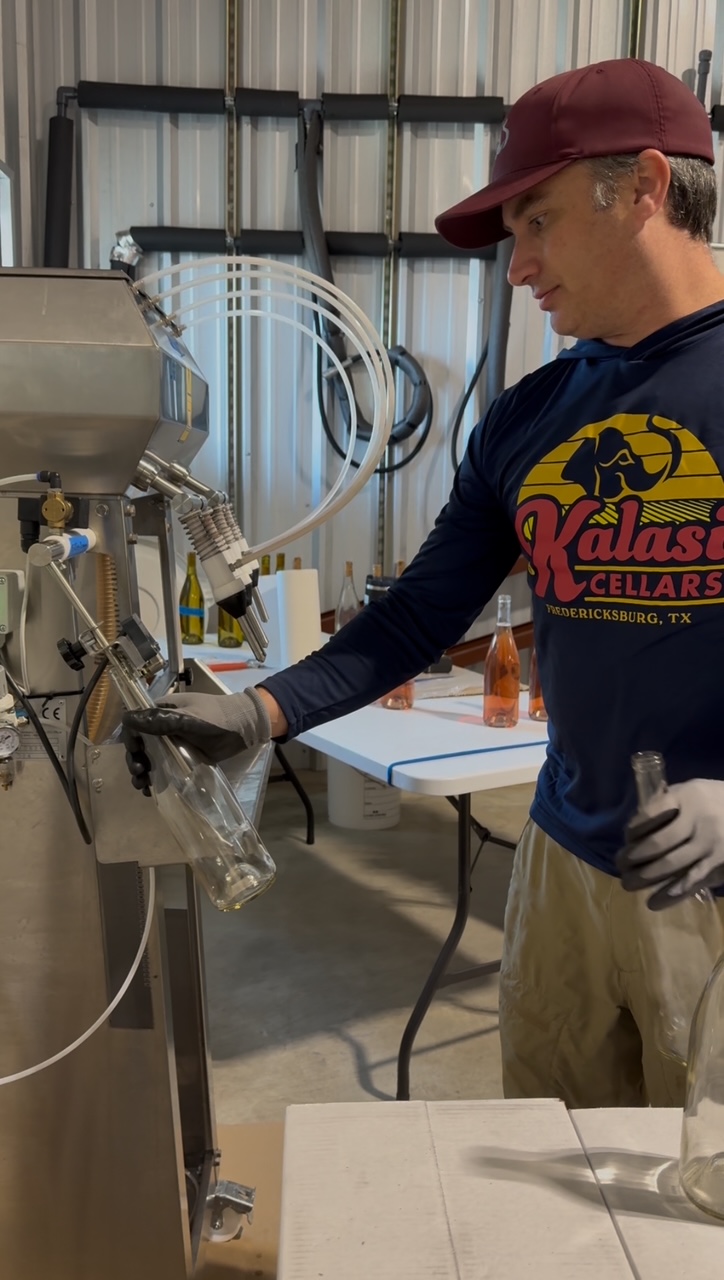January 25, 2022: The Histrionic History of the Carménère Grape
Have you heard of the Carménère grape? If you have not do not question your whole wine loving identity. This amazing grape and subsequent wine was almost extinct. But to fully appreciate the Carménère wine, you need to read the melodramatic history of this grape.
Carménère is a thick-skinned grape from the Southwest portion of France. Carménère is a naturally occurring cross of Cabernet Franc and Gros Cabernet (City Vino, 2022). Today 96% of the grape is grown in Chile and that is where the story of France and Chile intersect (The Wine Searcher, 2022).
In the mid-1800s there was a Phylloxera plague within France. Most vines needed to be replanted. However, the Carménère vine did not take to this replantation and therefore was thought to be extinct (Wine Dharma, 2021). During the same period, Chilean importers took what they thought to be Merlot grape from France to Chile.
For many years, the grape thrived in the Chilean terroir. In the early 1990s, Jean-Michel Boursiquot, a grape expert, visited Chile (Boulard, 2016). A colleague was showing Boursiquot their vineyard that included a new plot of Merlot. Boursiquot’s keen sense identified that both the tips of the leaves and the stamen of the flower did not look like a Merlot vine. It took Boursiquot several years to scientifically validate his sense that it was not the Merlot but Carménère grape. And hence why 96% of French Carménère is grown in Chile.
Now let us turn to the characteristics of the Carménère wine. The grape got its name due to the deep red hues. If you have ever opened a bottle, you may have noticed reddish purple stains as the wine is so inky. The Kalasi Cellars Carménère is a dry, medium-body wine that includes notes of bell peppers and paprika with this author’s palate. However, Nikhila Narra Davis, the Kalasi winemaker extraordinaire shares that it has notes of pepper, chocolate, and soft tobacco.
Being of an inquisitive natural, I spoke to Nikhila about her rationale for selecting Carménère and being the first to grow and make it as a single varietal wine in Texas. Her answer was simple but genius, the comparable climate. Terry County, TX is where Kalasi grows their 100% estate wines.
It is assumed that the Carménère vines originated in the Cachapoal Valley of Chile given the peppercorn notes of the Kalasi Cellars wine that align with the regional variations in the grape (Wine Pros, 2022). The elevation in this valley ranges but the 600m elevation is comparable to that of the Terry County, Narra Vineyards which is located at about 1,000m. And while the temperate is a bit warmer in Texas, Chile hosts an impressive high of 84F compared to the Texas temperature of 92F.
Finally, I would pair the Carménère wine with a ribeye due to its high acidity and pepper notes. However, some might argue that due to its low tannin profile it should be paired with lower fat meats such as a chicken mole or green chili pork stew. I would also pair this with deviled eggs and various vegetable dishes due to the paprika notes for our vegetarian and vegan friends.
Prost,
Michelle
References
Boulard, J. (2016). Exclusive interview: The man who ‘discovered’ Carménère. Decanter China. https://www.decanterchina.com/en/knowledge/people/vineyard-experts/exclusive-interview-the-man-who-discovered-carmenere
City Vino. (2022). Carménère – The Lost Grape of Bordeaux. https://www.city-vino.com/blogs/blog/carmenere-the-lost-grape-of-bordeaux/
Khmelevskaia, R. (2021). Carménère Wine: The Full Guide. https://winerox.com/carmenere/
Wine Dharma. (2021). Carménère: wine, grape organoleptic characteristics and history of a great Bordeaux grape. https://winedharma.com/en/vine/carmenere-wine-grape-organoleptic-characteristics-and-history-of-a-great-bordeaux-grape/
Wine Pros. (2022). Carménère: The Ultimate Wine Guide. https://www.winepros.org/carmenere-guide/
The Wine Searcher. (2022). Carménère Wine. https://www.wine-searcher.com/grape-86-carmenere


